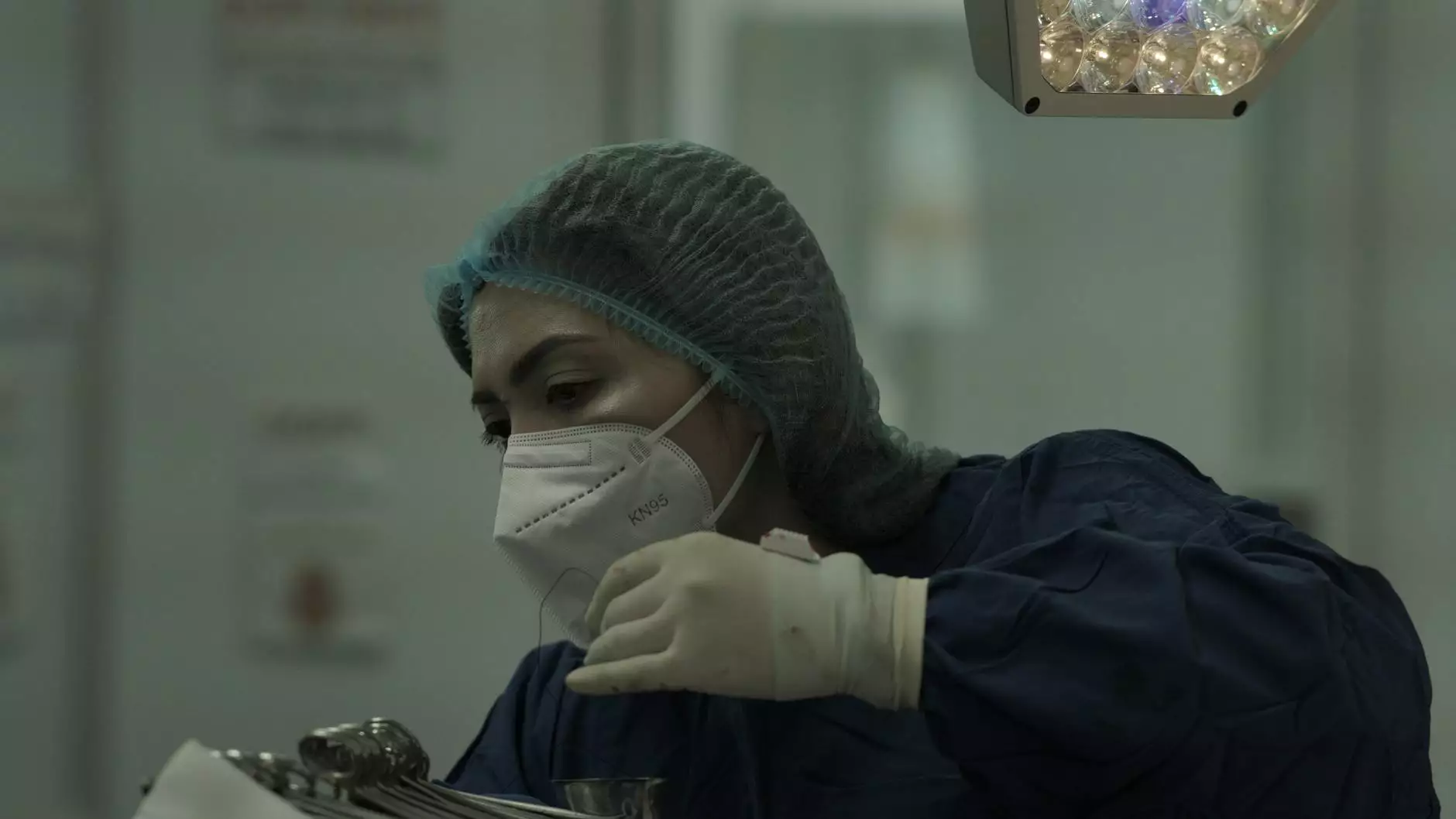Bilateral Prophylactic Salpingo Oophorectomy: A Comprehensive Guide

The term bilateral prophylactic salpingo oophorectomy refers to a significant surgical procedure involving the removal of both ovaries and fallopian tubes. This procedure is primarily performed to reduce the risk of developing ovarian cancer, especially in women with strong familial predispositions or specific genetic mutations. Understanding this procedure, its benefits, risks, and implications is crucial for anyone considering it or looking for more information.
Understanding the Need for Bilateral Prophylactic Salpingo Oophorectomy
In the healthcare landscape, the importance of preventive surgical measures cannot be overstated. According to leading health authorities, the risk of developing ovarian cancer can be significantly reduced through proactive measures, particularly for women with high genetic risk factors such as BRCA1 and BRCA2 mutations. Here are some critical considerations regarding the necessity of this procedure:
- Genetic Predisposition: Women with BRCA mutations face a much higher risk of ovarian and breast cancers. The decision for a bilateral prophylactic salpingo oophorectomy is often influenced by genetic counseling.
- Family History: A family history of ovarian or breast cancer can also prompt discussion about this surgical option as part of personalized cancer prevention strategies.
- Previous Cancer Diagnosis: Women who have previously been diagnosed with breast cancer may consider this procedure to mitigate the risk of developing ovarian cancer.
The Procedure: What to Expect
Undergoing a bilateral prophylactic salpingo oophorectomy is a significant decision, and understanding the procedure can help alleviate concerns for prospective patients. Here’s a detailed overview of what the procedure entails:
Pre-Operative Preparations
Before the surgery, your healthcare provider will conduct a thorough evaluation, which may include:
- Physical Examination: A complete clinical examination to assess overall health.
- Imaging Tests: Ultrasounds or MRI scans may be ordered to evaluate the health of the reproductive organs.
- Genetic Testing: For those with a family history, testing for BRCA mutations may be advised.
- Consultation: A detailed discussion with a gynecologist or oncologist discussing the risks, benefits, and alternatives.
The Surgical Procedure
The surgery itself can typically be performed as follows:
- Anesthesia: The patient is administered general anesthesia to ensure comfort throughout the operation.
- Incision: The surgeon makes small incisions in the abdomen to insert laparoscopic instruments. In some cases, a larger incision may be required (open surgery).
- Removing Ovaries and Fallopian Tubes: The surgeon carefully removes both ovaries and fallopian tubes while minimizing damage to surrounding tissues.
- Closure: The incisions are closed with sutures or surgical tape, and the patient is moved to recovery.
Post-Operative Care and Recovery
Post-surgery, understanding the recovery process is paramount. Recovery timelines may vary based on the individual’s health and the surgical technique used. Key aspects include:
- Pain Management: Patients may experience discomfort, which can be managed with prescribed medications.
- Activity Restrictions: Avoiding strenuous activities and heavy lifting for a recommended period is crucial for healing.
- Follow-Up Appointments: Regular follow-ups with your healthcare provider to monitor recovery progress and manage any complications.
Potential Benefits of Bilateral Prophylactic Salpingo Oophorectomy
The choice to undergo a bilateral prophylactic salpingo oophorectomy comes with a myriad of benefits, most notably:
- Significantly Reduced Cancer Risk: The primary benefit is the marked reduction in the risk of ovarian and primary peritoneal cancers.
- Hormonal Changes Management: For women approaching menopause, this procedure can manage hormonal fluctuations and related symptoms.
- Peace of Mind: Many women report relief from anxiety about developing ovarian cancer post-surgery.
- Informed Health Choices: This procedure empowers women to take control of their health through informed decision-making.
Discussing the Risks and Considerations
With any surgical procedure, there are risks involved that must be considered before making a decision. These include:
- Potential Surgical Complications: Risks include infection, bleeding, and complications from anesthesia.
- Early Menopause: The removal of ovaries leads to instant menopause, which can cause various symptoms and long-term health considerations, such as osteoporosis.
- Emotional Impact: Women may experience a range of emotions following the procedure, including feelings related to femininity, body image changes, and infertility.
Alternatives to Bilateral Prophylactic Salpingo Oophorectomy
For some women, there may be less invasive options that can be discussed with a healthcare provider, including:
- Regular Monitoring: Keeping regular check-ups and imaging tests to monitor ovarian health.
- Medications: Hormonal therapies or birth control pills that can sometimes lower ovarian cancer risk.
- Genetic Counseling: For those with family histories, discussing risk management and surveillance options with a genetic counselor.
Success Stories and Testimonials
Women who have undergone bilateral prophylactic salpingo oophorectomy often share powerful stories of empowerment and relief. Many describe feeling a renewed sense of control over their health and future. A Harvard study revealed that among high-risk women who opted for this procedure, over 90% reported satisfaction with their decision and felt that it was a crucial step in taking control of their health.
Conclusion: Making an Informed Decision
In conclusion, the bilateral prophylactic salpingo oophorectomy is a critical surgical option for many women at high risk for ovarian cancer. It embodies a proactive approach to health and cancer prevention. Every woman's situation is unique, and it is essential to consult with qualified healthcare professionals to determine the best course of action tailored to individual needs.
For personalized advice, expert consultation, and comprehensive care, visit drseckin.com. Whether you’re considering this procedure or seeking more information about women's health, our professionals are here to support you every step of the way.









